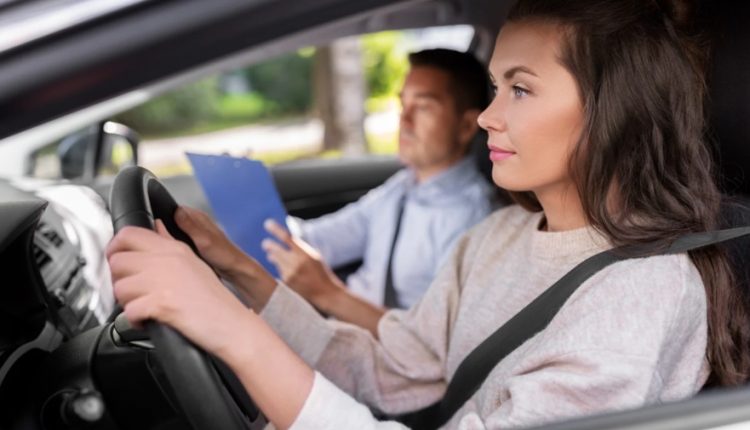What Makes an Engaging Driver’s Ed Course in 2025?
As driving laws, vehicle technology, and learning preferences evolve, so must driver’s education. In 2025, engaging driver’s ed programs offer more than just instruction—they deliver an interactive and practical experience designed to meet the needs of modern learners. Whether it’s for teens starting their journey or adults refreshing their skills, today’s driver’s ed in Fort Worth, TX, courses incorporate smart content, flexibility, and real-world applications to make learning more effective and enjoyable.
Understanding what separates outdated methods from innovative instruction can help students and parents choose a program that not only educates but truly prepares drivers for the road ahead.
Interactive Learning and Real-Time Feedback
One of the defining characteristics of an engaging course is its use of interactive tools. Gone are the days of purely text-based modules. In 2025, top programs include videos, quizzes, simulations, and virtual road scenarios. These tools help learners stay engaged and understand the practical application of rules and safety measures.
The benefits of driver’s ed extend beyond passing a test. These programs teach defensive driving, risk awareness, and decision-making under pressure—all essential for reducing accidents and promoting long-term road safety. A good course doesn’t just teach you what a yield sign means; it trains you how to respond when another driver ignores it.
Immediate feedback is also key. When students receive real-time explanations and corrections, they’re more likely to retain information and improve their performance over time.
Flexible Formats for All Learning Styles
Not everyone learns the same way, and modern driver’s ed programs reflect that. Courses today often offer a blend of in-person and online modules, allowing learners to choose what fits best with their schedule and comfort level.
For adult learners in particular, the advantages of completing an adult driver education course online include convenience, the ability to move at one’s own pace, and 24/7 access to study materials. This flexibility makes it easier for individuals juggling work, school, or family responsibilities to fulfill licensing requirements without added stress.
Adaptive learning platforms also track progress and customize lessons based on student performance. This personalized approach ensures no one falls behind and that every student gets the reinforcement they need.
Focus on Long-Term Safety and Behavior
A great driver’s ed course looks beyond the exam and focuses on habit-building. This includes instruction on how to handle emergencies, avoid distractions, and stay alert under various conditions—urban traffic, rural roads, and adverse weather.
Programs in 2025 are also integrating content on electric vehicles, updated traffic laws, and even sustainability practices. These additions reflect broader societal changes and help students become more responsible, forward-thinking drivers.
Another often overlooked element is mental preparedness. Courses that incorporate stress management, awareness exercises, and practical driving tips help students build confidence, which leads to safer outcomes on the road.
Conclusion
In 2025, an engaging driver’s ed course is one that combines flexibility, interactivity, and a focus on real-world safety. It offers more than just technical instruction—it provides lifelong driving skills rooted in awareness, responsibility, and adaptability. With the right learning environment and modern tools, today’s driver education goes beyond the basics to shape safer, more capable drivers for tomorrow’s roads.


Comments are closed.